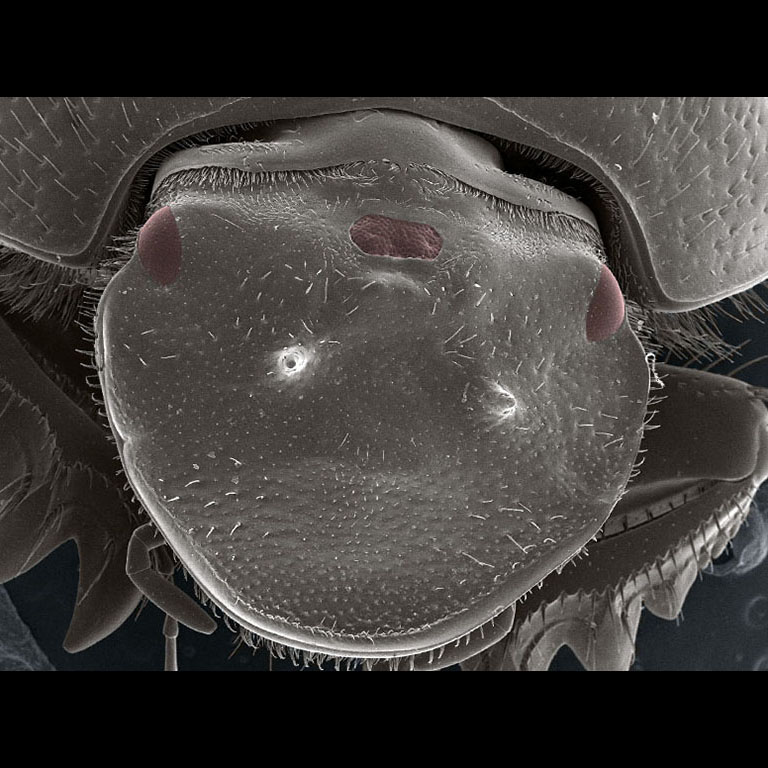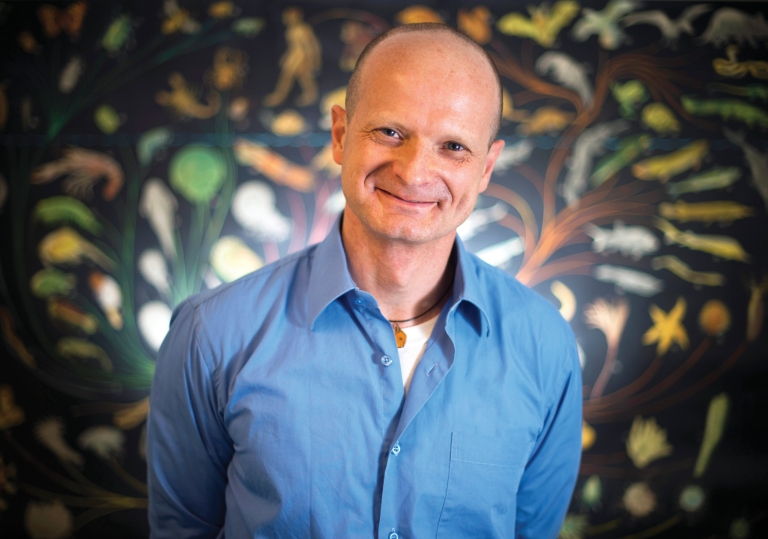'Three-eyed' insect could help reveal self-organizing mechanism behind the evolution of new complex traits.
On "Game of Thrones," a three-eyed raven holds the secrets of the past, present and future in a vast fantasy kingdom. But for real-world biologists, a "three-eyed beetle" may offer a true glimpse into the future of studying evolutionary development.
Using a simple genetic tool, IU scientists have intentionally grown a fully functional extra eye in the center of the forehead of the common beetle. Unraveling the biological mechanisms behind this occurrence could help researchers understand how evolution draws upon pre-existing developmental and genetic "building blocks" to create novel complex traits, or "old" traits in novel places.
The study's results appear in the journal of the Proceedings of the National Academy of Sciences. The work also provides deeper insights into an earlier experiment that accidentally produced an extra eye as part of a study to understand how the insect head develops.
"Developmental biology is beautifully complex in part because there's no single gene for an eye, a brain, a butterfly's wing or a turtle's shell," said Armin P. Moczek, a professor in the IU Bloomington College of Arts and Sciences' Department of Biology. "Instead, thousands of individual genes and dozens of developmental processes come together to enable the formation of each of these traits.
"We've also learned that evolving a novel physical trait is much like building a novel structure out of Legos, by re-using and recombining 'old' genes and developmental processes within new contexts."
As a consequence, the evolution of novel features often requires many fewer genetic changes than biologists originally thought.
But unlike rearranging and combining toy plastic bricks to form a new structure, Moczek said it's unclear what biological mechanisms guide the construction of new physical traits under some circumstances but not others.



 The College of Arts
The College of Arts